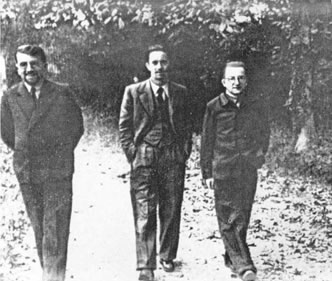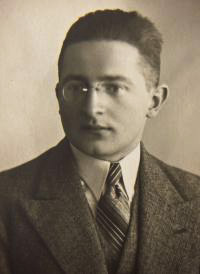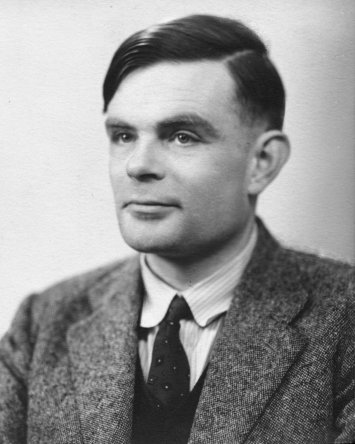
Polish mathematicians on the forefront of fight with Germany
The universe is made up from stories, not atoms.
Muriel Rukeyser
Europe in the 1930s saw general tensions growing as a result of WW I and German unhappiness with the Treaty of Versailles. The Germans were arming themselves and obviously getting ready to change the balance of power. Secrecy of military communications was of utmost importance, and ways to accomplish this were feverishly worked on.

The brainchild of German engineering was Enigma. It was a mechanical – electrical rotor coding machine, resembling a typewriter, developed right after WW l. It was initially used commercially, but later, a very sophisticated version was developed for the military. It was so good, that Germans didn’t believe Enigma’s code could ever be broken.
Enter Polish Cipher Bureau. Throughout our history, we have had constant battles with Germany and Russia. Poland is sandwiched between two superpowers and each time they were in conflict (this was happening a lot), willingly or not, we were involved. WW II ended in 1918 and the very next year we were invaded by Soviet Russia. Reading of Russian coded messages with the help from the Cipher Bureau contributed to our holding off the military offensive of our eastern “friends”.
A few years later, the Bureau’s attention had turned to the west. The growing German military might obviously was a big concern to Poland. Their military communication was intercepted, but decoding was a challenge. Breaking the Enigma code was not done however until December 1932. It was a team of young Polish mathematicians – Marian Rejewski, Jerzy Różycki and Henryk Zygalski, who did the job. One time break was not enough. They had to keep up with constant modifications and “upgrades” of the German system. Knowing the value of this information in fighting the Germans, the Polish government called a meeting with British and French military intelligence officers. On July 25, 1939, all data together with the Enigma machine were presented to our western allies. WW II started on September 1st the same year.
Breaking Enigma’s code didn’t help us defend from the German invasion, it was over in just 5 weeks. All three mathematicians were able to escape through Romania and ended working first in France and then in Britain for British intelligence.
Many countries knew about the Enigma and many were trying to solve its code. Alan Turing was a brilliant British mathematician working in the code center, Bletchley Park in Milton Keynes, Buckingham shire. He was a head of Hut8, the section assigned to break German codes. He benefited greatly from the work of the Polish mathematicians and their device Cryptologic Bomb (Bomba Kryptologiczna) used to decipher coded messages. After the war, he was awarded the Order of the British Empire by George VI for his wartime services, but details of his work remained secret for years.
Because of secrecy imposed on code breaking information after the war, credit for breaking the code of Enigma was distributed freely by Allied governments to anybody involved in this work.

After the war ended, Rajewski came back to Poland to be reunited with his family. As all repatriates from the West, he was heavily investigated by communist security forces and recommended for dismissal from his job. He ended working as an accountant.
It was difficult for him to fight a skewed public opinion by misinformation after the war, particularly from communist Poland. He knew well, that the work he had done in deciphering soviet codes wouldn’t bring him any favors with the Russians controlling our security system those days.
Finally books by Gustave Bertrand, “Enigma” (1973) and by F.W.Winterbotham “The Ultra Secret” (1974) opened the flood of information about work on Enigma, but still many inaccuracies remained not corrected. Rajewski received the highest polish Order “Polonia Restituta” a year and a half before his death at the age of 74.

Alan Turing, on the other hand, was working as a scientist on mathematical biology, with the full support of his government until his death. His personal life, however, was not happy. In 1954, at the age of 41, he committed suicide by cyanide poisoning. At his bedside, investigators found a bitten apple, which was thought to be poisoned (it was not checked for cyanide).
Turing was influential in developing computer science and is widely regarded as the father of computers. There is a story crediting the bitten apple found at his bedside to be an inspiration for the now iconic Apple’s logo. I don’t know if it’s true, but sounds good to me.
Success has many fathers, but failure is an orphan.
English proverb

Leave a Reply